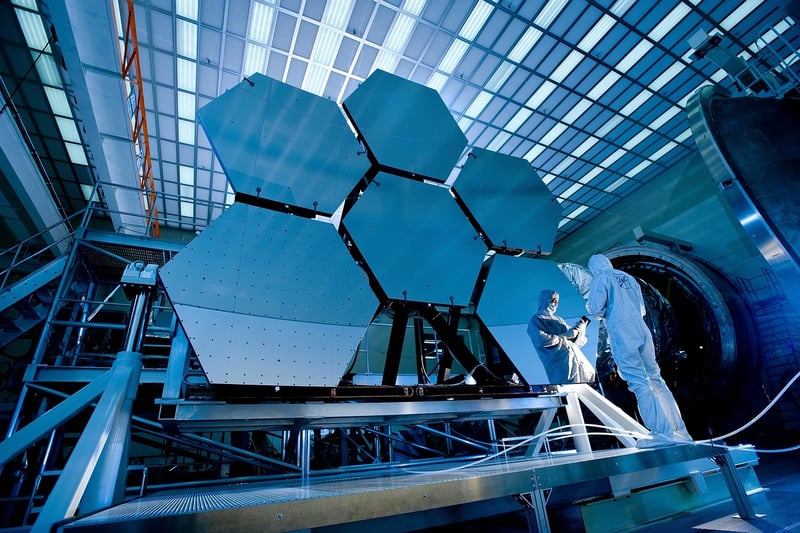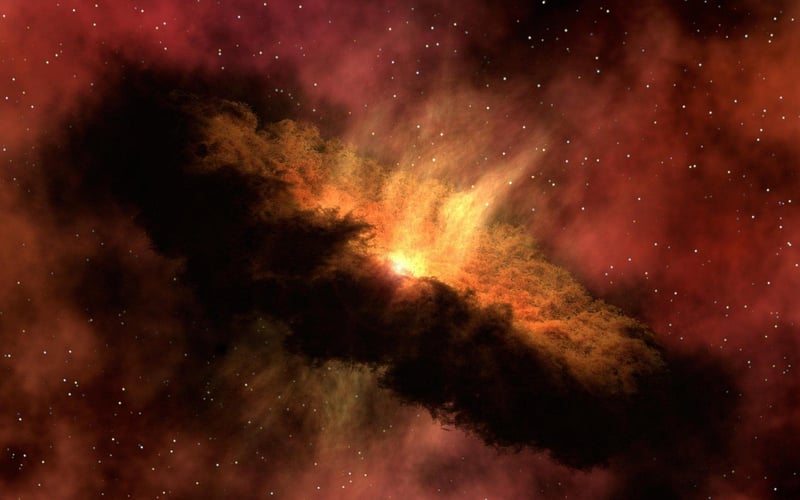Astroengineering
Advancements in Space Science and Astroengineering
Space science and astroengineering have seen remarkable advancements in recent years, revolutionizing our understanding of the universe and our ability to explore it. From cutting-edge technologies to groundbreaking discoveries, here are some of the key developments shaping the future of space exploration:
1. Space Telescopes
Space telescopes like the Hubble Space Telescope and the James Webb Space Telescope have provided unprecedented views of distant galaxies, stars, and planets. These instruments have helped scientists study the origins of the universe and search for potentially habitable exoplanets.

2. Mars Exploration
Advancements in rover technology have allowed for in-depth exploration of Mars. Rovers like Curiosity and Perseverance have uncovered evidence of ancient water bodies and are paving the way for future human missions to the Red Planet.

3. Space Tourism
Commercial space companies like SpaceX and Blue Origin are making space travel more accessible to private individuals. Suborbital flights and future space hotels are on the horizon, opening up new possibilities for tourism beyond Earth.

4. Astroengineering Innovations
Astroengineering involves the design and construction of structures in space. Advancements in this field include the development of space habitats, solar sails for propulsion, and concepts for megastructures like Dyson spheres to harness the energy of stars.
5. Interstellar Exploration
Projects like Breakthrough Starshot aim to send nanocraft to nearby star systems at a significant fraction of the speed of light. This ambitious endeavor could revolutionize our understanding of the cosmos and potentially lead to the discovery of extraterrestrial life.

These advancements underscore the exciting prospects that lie ahead in space science and astroengineering, pushing the boundaries of human knowledge and exploration beyond Earth.
For more information on space science and astroengineering, visit NASA and ESA.
